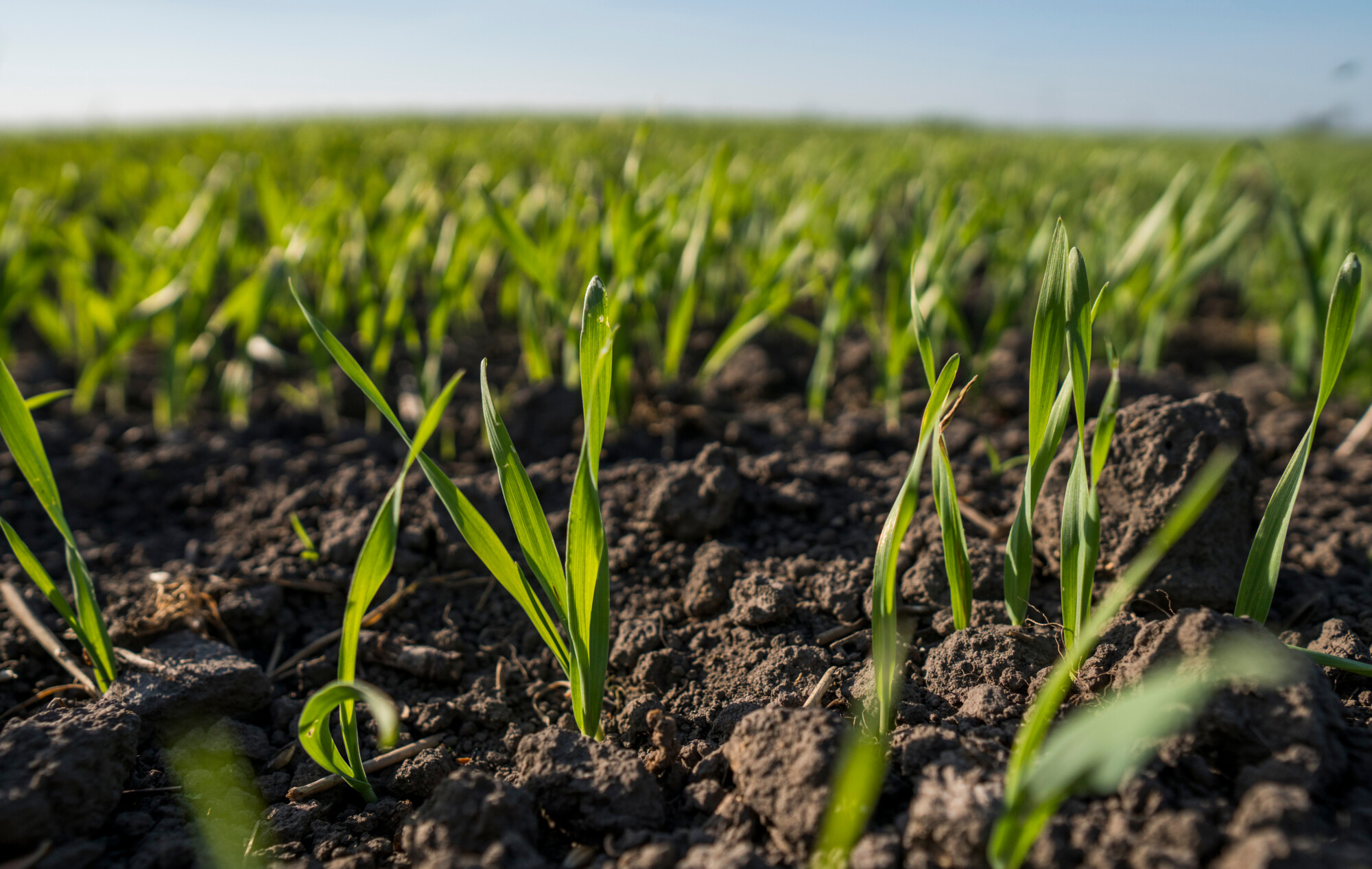Farmers urged to follow-up grassweed herbicide treatments
19th November 2021
Agronomy firm Hutchinsons is urging growers to push on carefully with follow-up grassweed herbicide treatments as long as conditions allow this autumn, rather than risk delaying control until the spring.
Mild weather combined with good levels of soil moisture has resulted in a steady emergence of black-grass well into November, so it should be controlled early to avoid damaging the promising yield potential of autumn-sown crops, the firm’s technical manager Dick Neale says.
Indeed, winter crops have generally established very well in the favourable growing conditions, with plant stands looking much denser than in recent seasons where drilling was delayed by wet conditions, often compromising establishment and residual herbicide timing, he notes.
“This resulted in thinner plant stands in the spring, allowing sunlight to hit the soil surface triggering further black-grass germination. Early and substantial nitrogen applications, to encourage tiller growth in thinner stands, also encouraged germination of many broadleaved weeds as well as grassweeds.”
The situation looks very different this year though. Thicker plant stands will afford much better suppression of weed germination next spring, which combined with more caution about applying early nitrogen, is likely to reduce the significance of the spring germination element seen in previous seasons, he says.
Maximising autumn weed control with effective sequences of residual herbicide chemistry is the best approach for effective black-grass management, Mr Neale says. However, while growers are understandably keen to get follow-up herbicides applied while good spraying conditions persist in many areas, care is needed to ensure label restrictions are adhered to.
This is particularly true where residual herbicide programmes feature products containing the key active flufenacet, as multiple applications may not be allowed and growers should always check label recommendations carefully and consult their agronomist, he says.
“Understandably many have gone heavy on the front end with 360 g a.i./ha flufenacet plus two or three additional actives, but these will now be rapidly in decline as they approach 35 days from application.
“Continuing to stack and sequence residuals will allow for continued black-grass emergence in treated seedbeds where the residual half life will be shortened by dry, brighter and warmer conditions. But care is required with a number of products to avoid label infringements.”
Mr Neale notes that contact ALS products offer relatively low additional black-grass control over a residual sequence, but can still be useful for controlling bromes, winter and spring wild oats, and a range of broadleaved weeds and volunteers (e.g. beans and some cover crop species).

